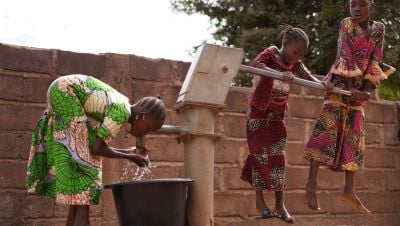Human Development Paper Income Inequalities in Serbia

Download Report by Language
Document
Citation
UNDP (United Nations Development Programme). 2018. Human Development Paper Income Inequalities in Serbia. New York.
Human Development Paper Income Inequalities in Serbia
Posted on: January 01, 2018
Rising and persistent inequality in a time of plenty is the defining paradox of our times. Diverging incomes, social status and political power are leaving humanity divided and undermining the sustainable and human development of nations. In rich and poor countries alike, discontent is increasingly defining political contests, driving protests and polarizing societies and political systems. As a result, social cohesion and legitimacy of governments are being undermined, making it harder to agree on solutions, fix problems, maintain peaceful communities and generate sustainable human development.
The most recent UNDP Human Development Report (HDR, 2016) found that inequalities had reduced global human development progress by 22 percent in 2015. Thus, without inequalities in health, education and income, the world would have achieved 22 percent more progress along these dimensions. Low human development countries, on average, have the highest levels of loss in HDI due to inequality (32 percent) followed by medium human development countries (26 percent). This trend and the global percentage loss due to inequalities remained more or less steady from 2010 to 2015. Serbia loses more than 10 percent in human development due to inequality, according to HDR (2016).
This Human Development Paper (HDP) deals with inequalities in income and income growth in the Republic of Serbia as a part of the SDG agenda. A special focus is on the SDG 10.1.1 income growth indicator “Growth rates of household expenditure or income per capita among the bottom 40 per cent of the population and the total population”.

